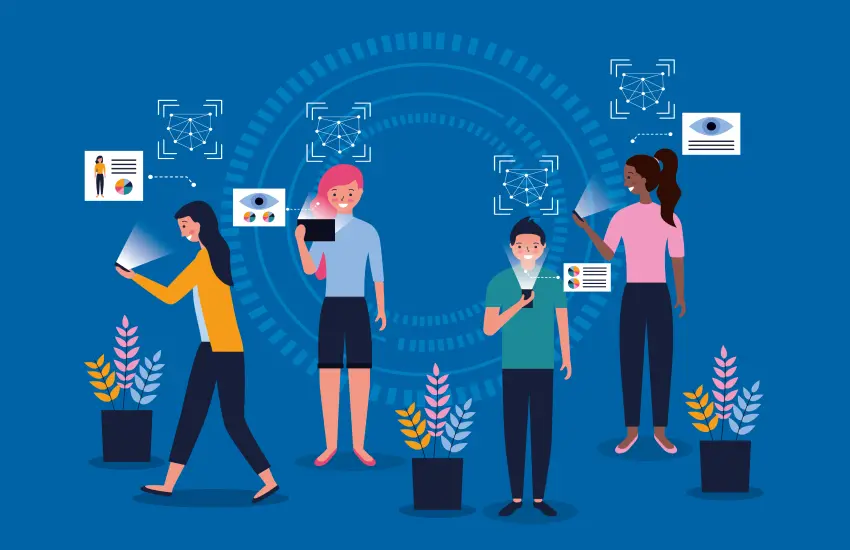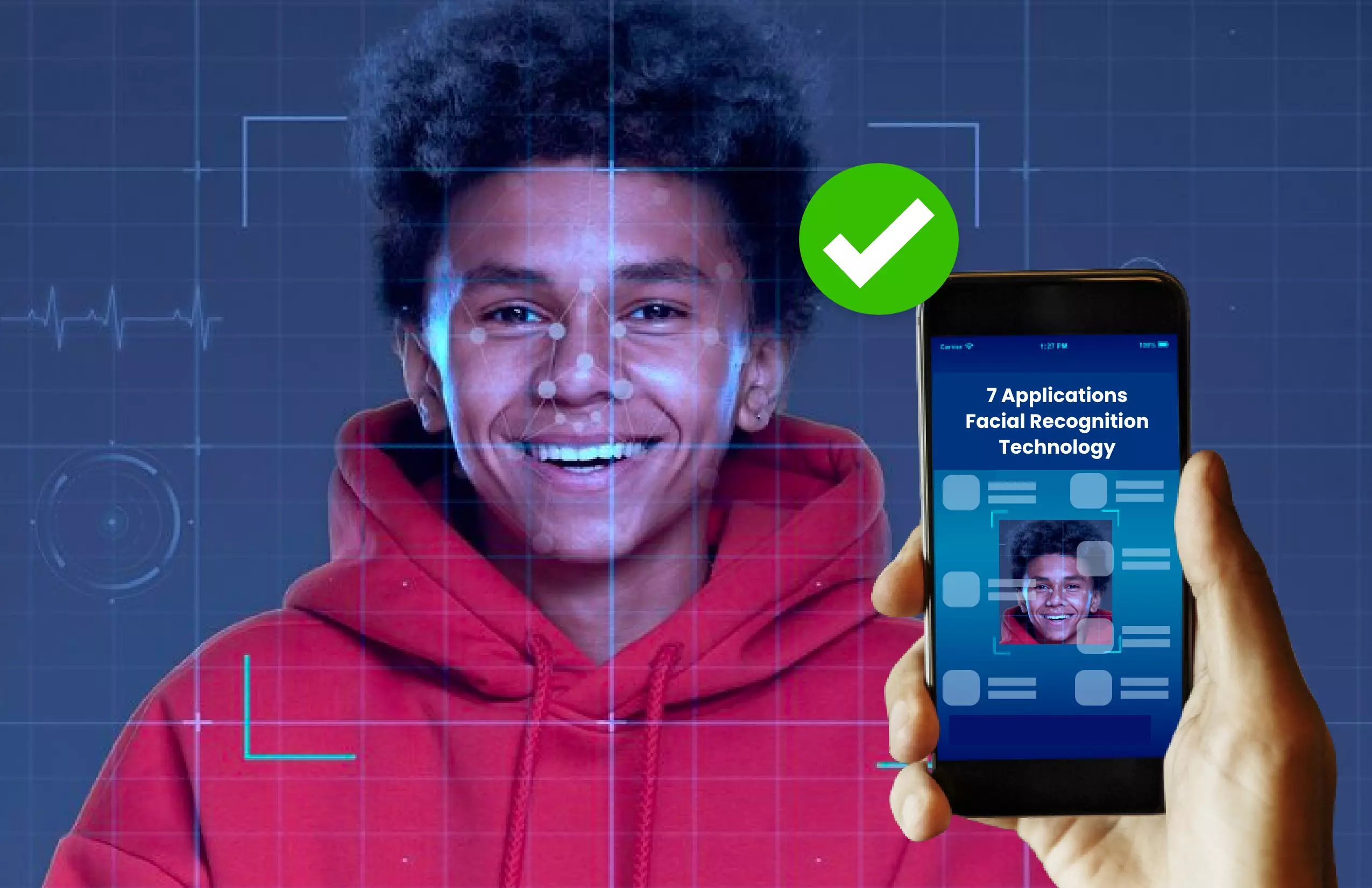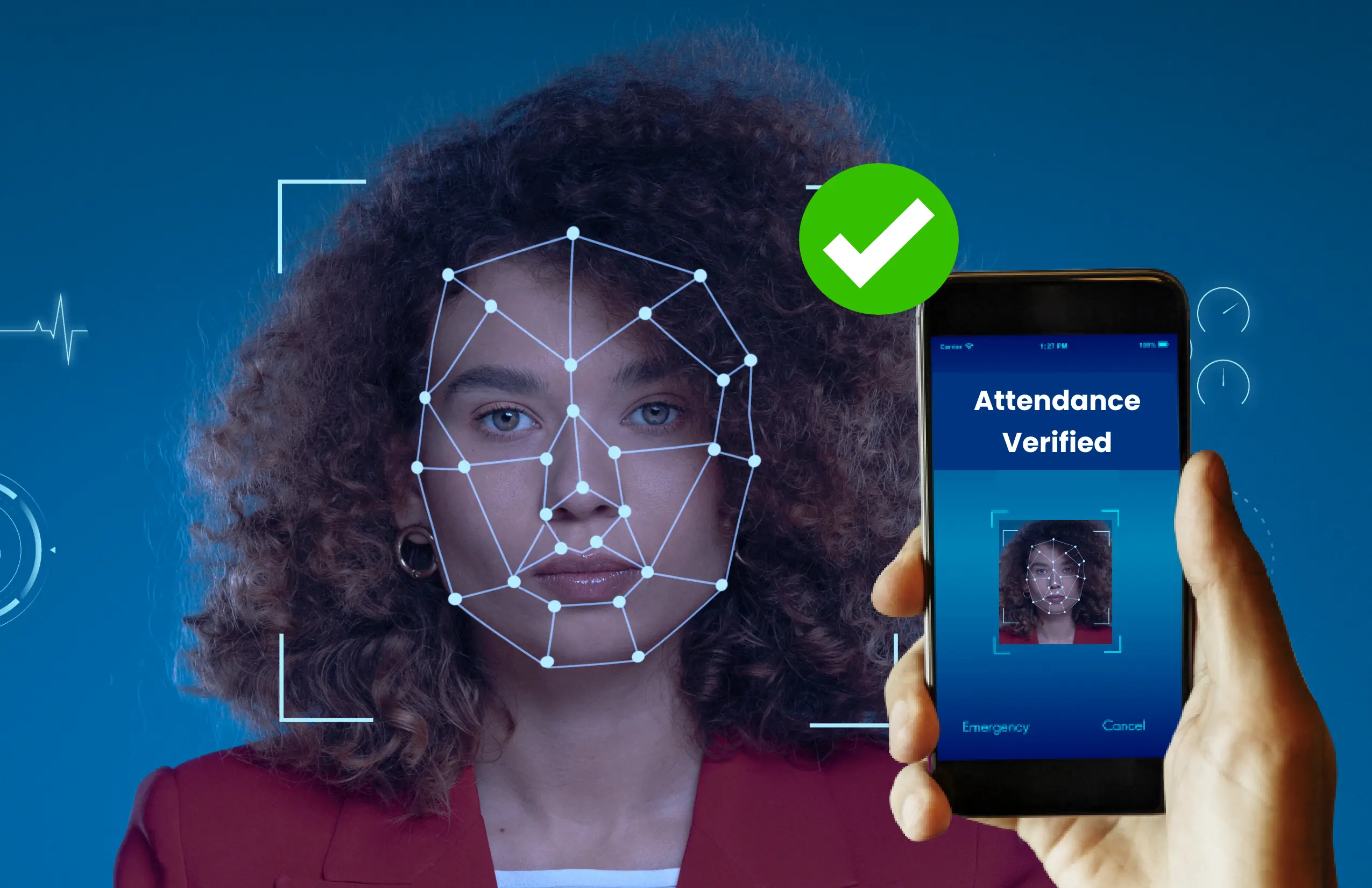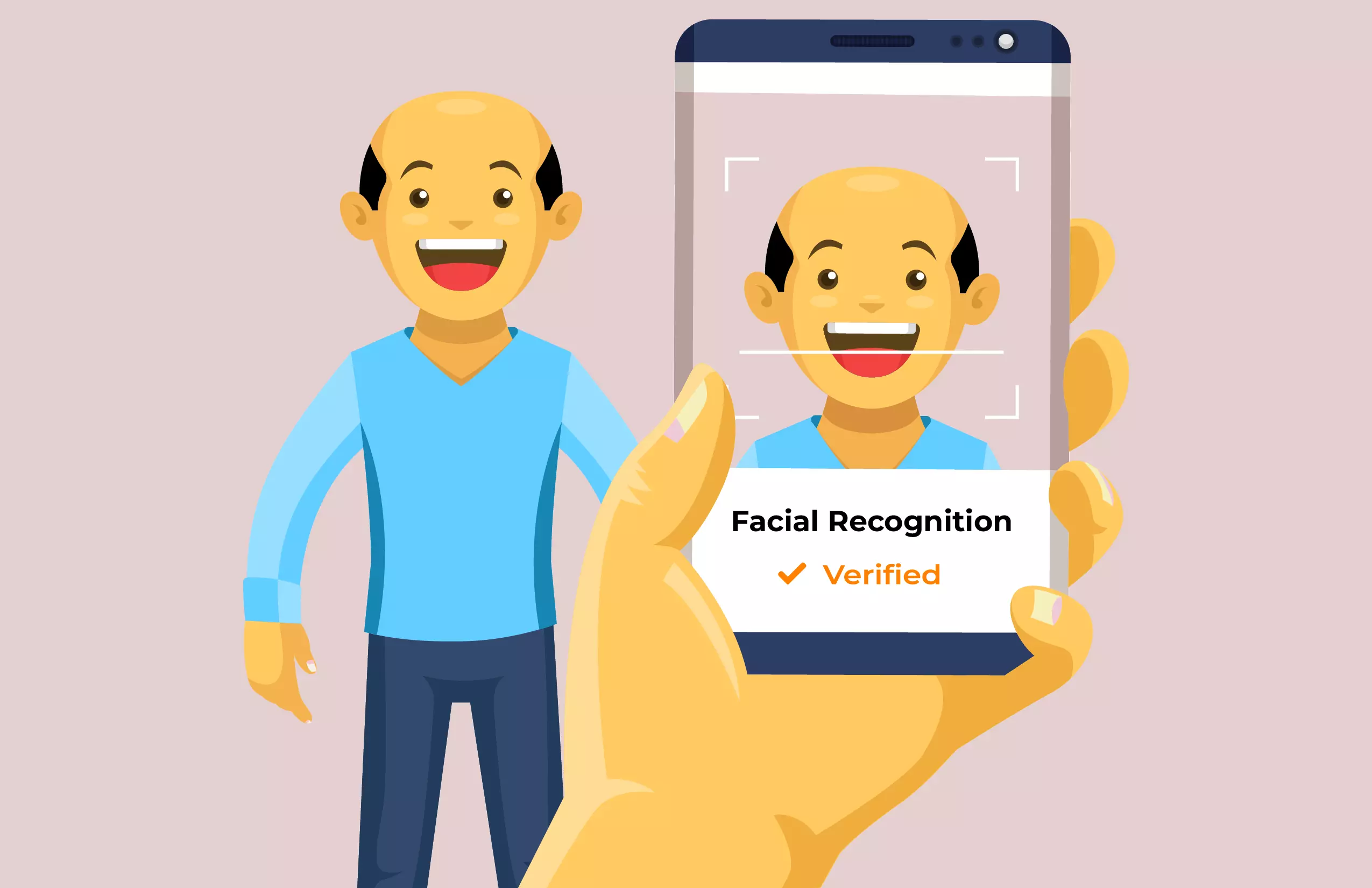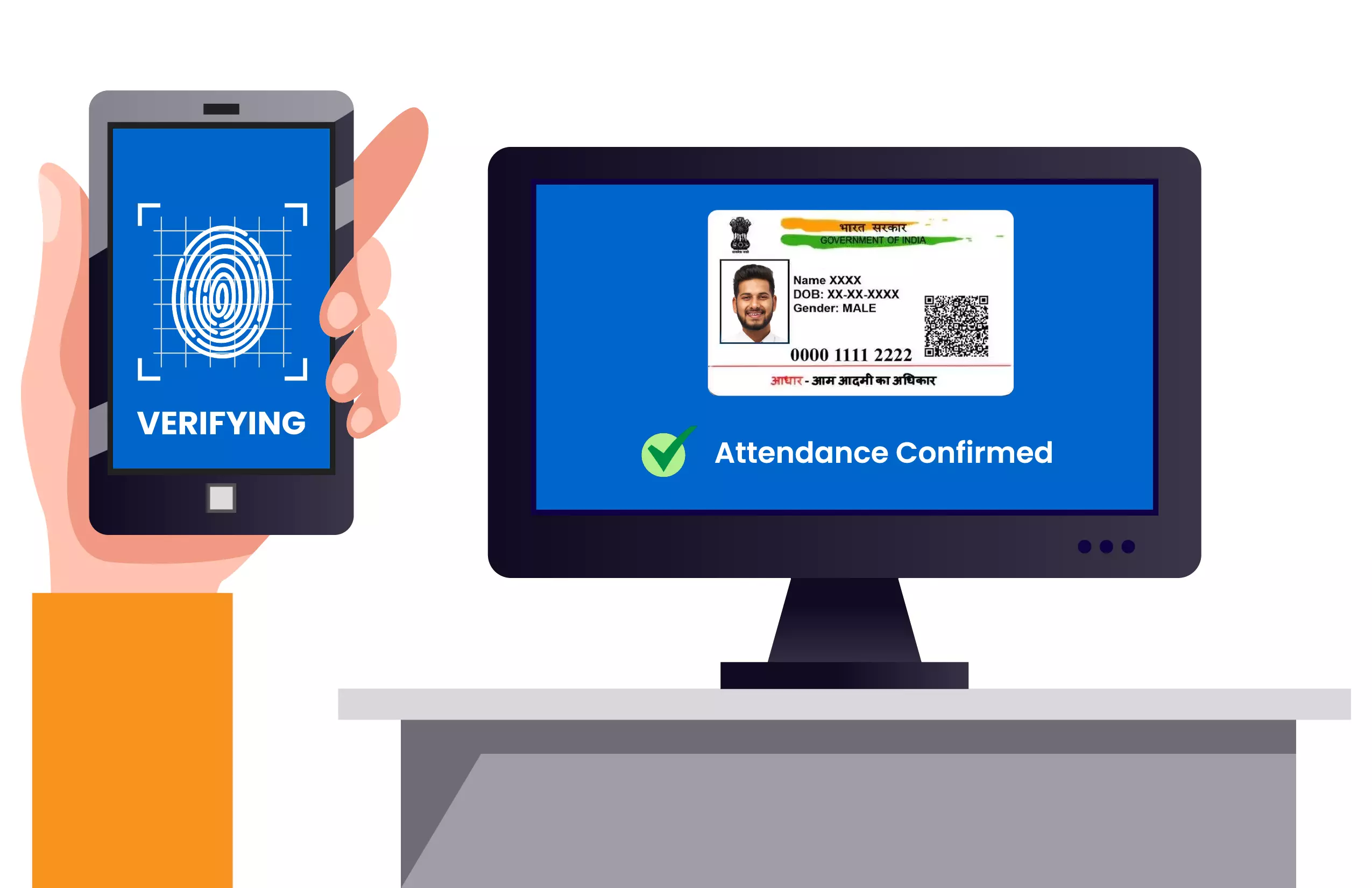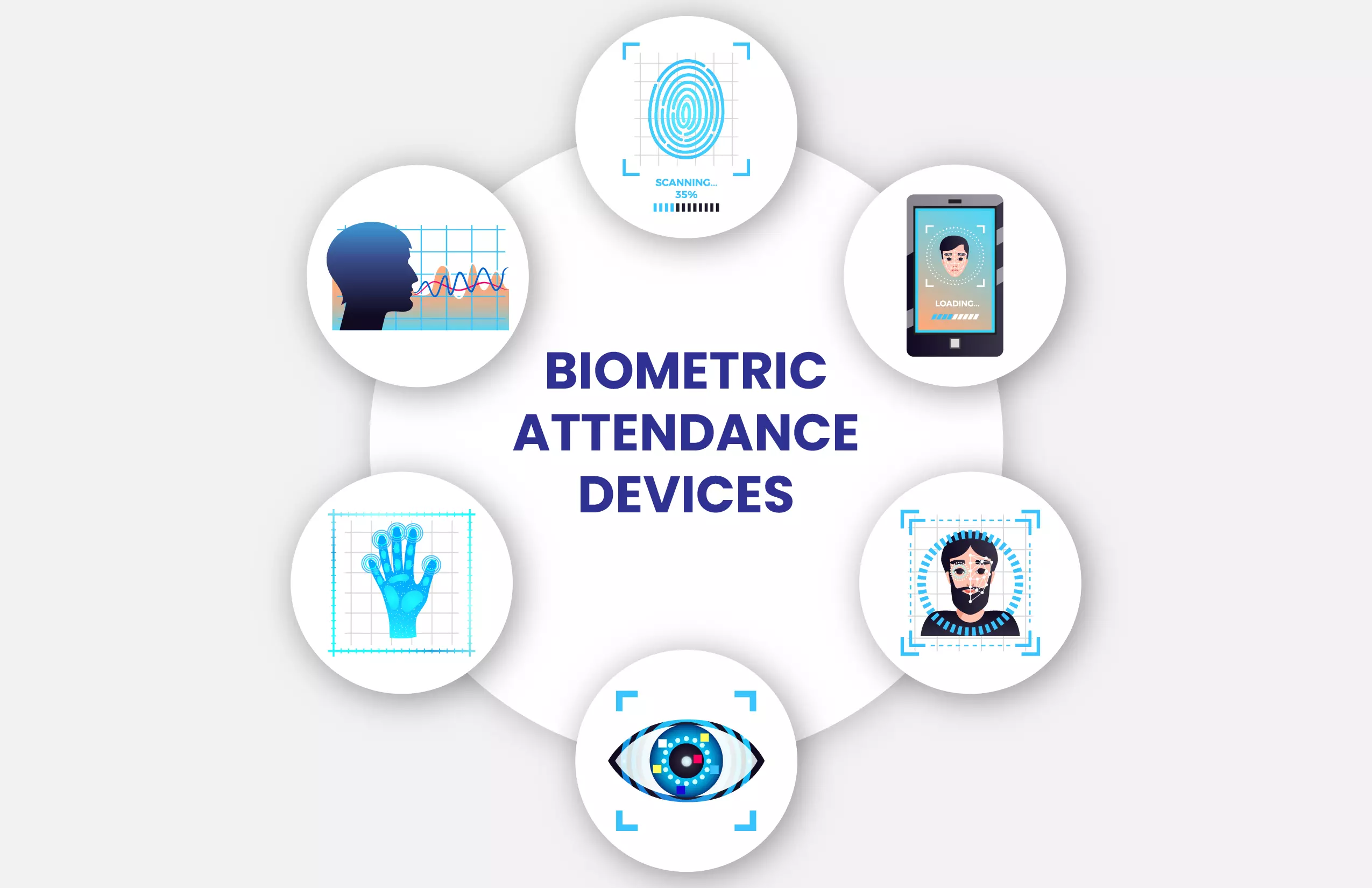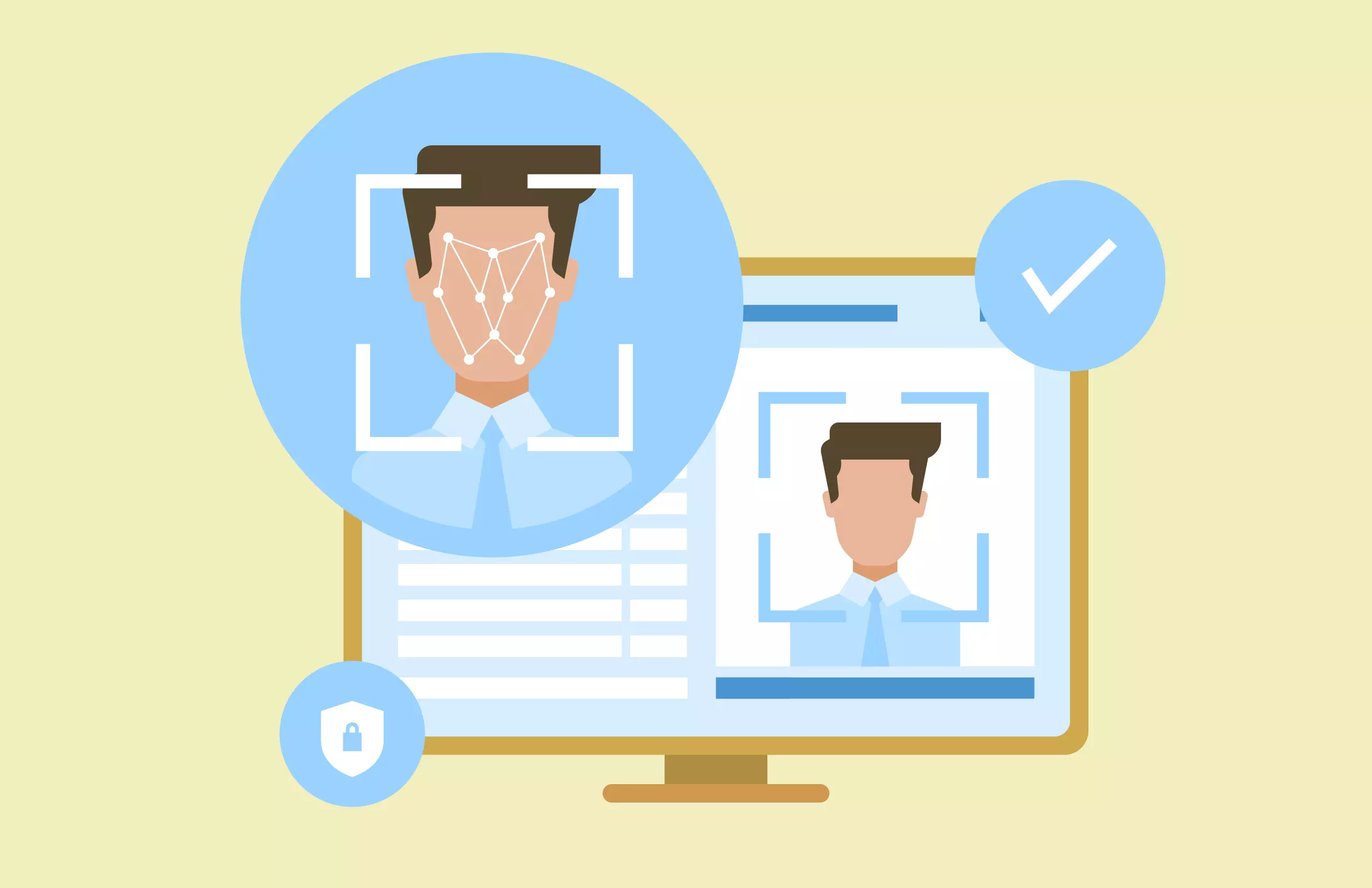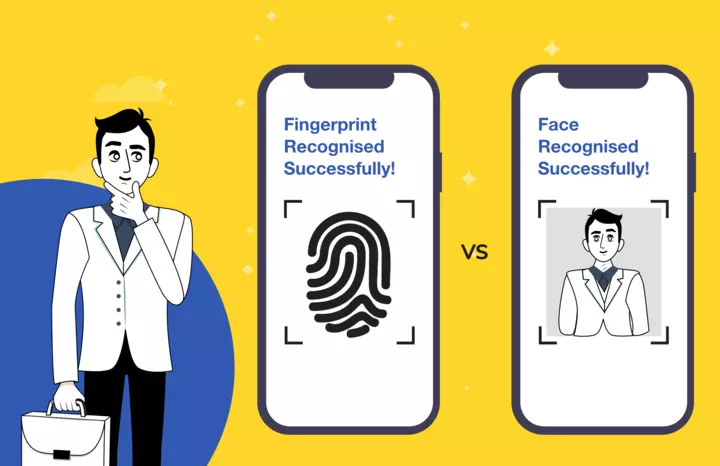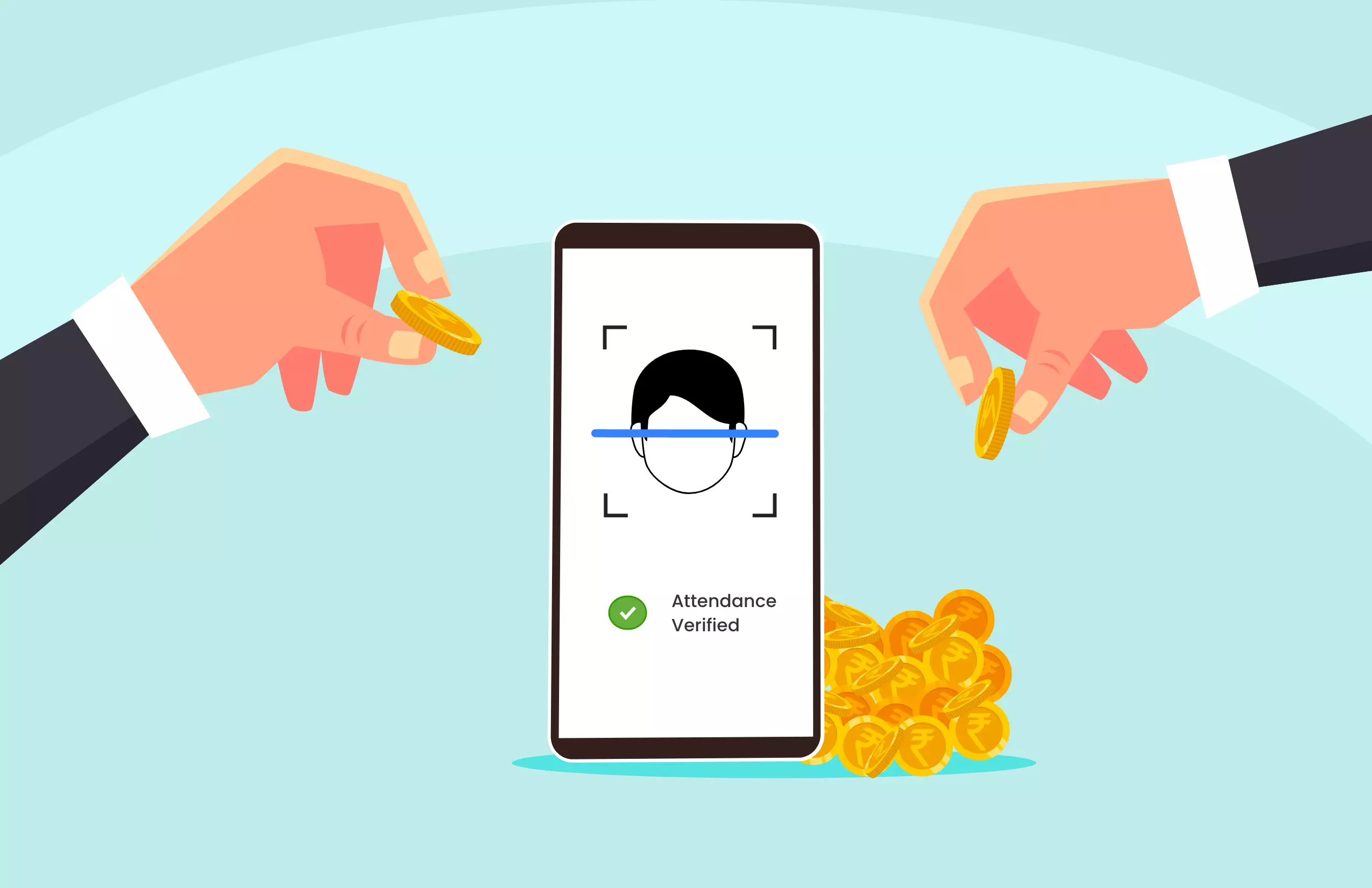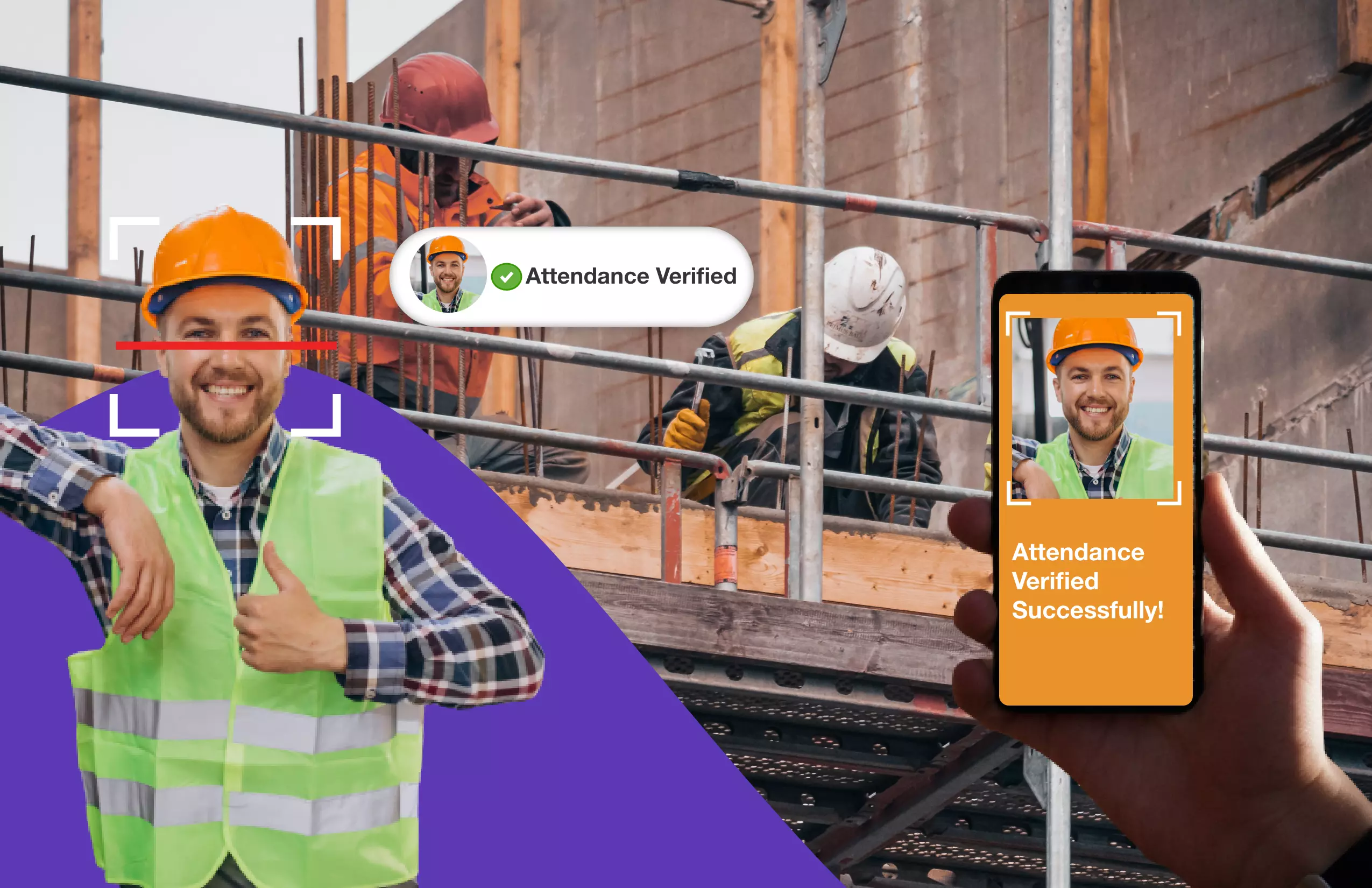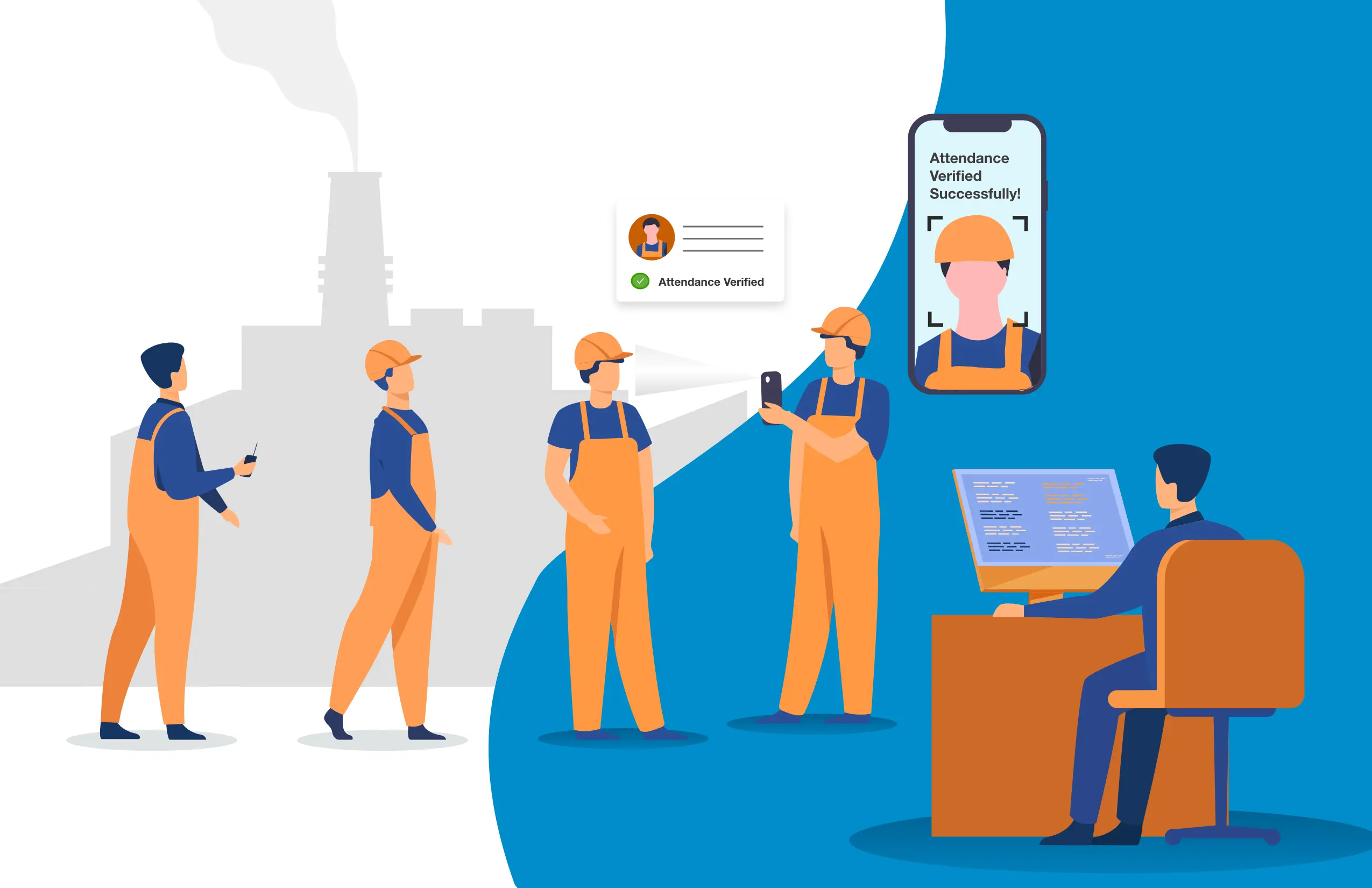
7 New Facial Recognition Technology Trends To Boom In 2025
Table of Contents
Although facial recognition technology has been available for a while, it is now more efficient and more readily accessible than ever. The market for facial recognition is expanding. It has the power to completely transform a wide range of businesses, from safety and surveillance to artificial intelligence (AI) applications, and even offer a more individualized commercial encounter.
The past few years have witnessed a huge increase in the adoption of facial recognition technology, and novel products and applications are being created and offered on a daily basis. This fascinating and fast-growing sector, which was once a fantasy, is now a reality. It is now more important to consider how face recognition will affect future generations rather than what the technology’s future holds.
What Is Facial Recognition Technology?
Face recognition technology is an aspect of software that employs algorithms to recognize or verify an individual’s identity in real life, on camera, or in videos. A facial recognition system makes use of Artificial Intelligence (AI) software for facial recognition that has been based on an array of distinct types of faces, including those according to ethnic background, gender, racial background, age, and more. Facial recognition technologies make it possible to recognize people quickly and securely without making contact. Facial recognition is useful in numerous applications, such as monitoring employee attendance and preventing criminal activity by recognizing criminals.
With developments in artificial intelligence, the precision of face validation in facial recognition systems has increased, and the acceptance ratio is relatively high. Face recognition systems’ appeal is strengthened even more by their rapid image processing speed and simplicity of setting up.
The Indian government endorsed the implementation of the Automated Facial Recognition System (AFRS), the world’s biggest government-operated facial identification system, a year ago to recognize past criminals via their facial features in videos/CCTV recordings by comparing them with the National Crime Records Bureau (NRCB) database.
Global Market Size And Growth Of Facial Recognition Technology
The worldwide market for face recognition technologies is estimated to exceed USD 19.3 billion in 2032, with a revenue CAGR of 14.6% over the forecast time frame. Growing need for facial recognition technology for security reasons, tracking employees, increased business investment in technological development, expanding technological utilization of facial recognition systems, and increasing government spending in several nations on facial recognition technology for monitoring and intelligence constitute a few of the primary drivers anticipated to influence market revenue growth in the future.
Face recognition software is becoming more and more popular in technological devices like smartphones, computers, tablets, and even personal virtual assistants that are utilized for professional as well as personal use. The industry is anticipated to benefit from this by seeing tremendous growth possibilities. Additionally, the growing business and surveillance usage of drones is predicted to have a significant impact on the market’s revenue increase for facial recognition systems.
7 Facial Recognition Technology Trends To Become Popular In The Near Future
Lie Detection And Age Verification
Several countries have come up with lie-detection programs that enable face recognition to discern what’s true from an individual’s expression. The technology allows investigators to determine if a suspect is speaking the truth or not. An initiative to develop a virtual lie detector test that individuals who are traveling to the EU might take from their homes utilizing a live webcam was financed by the European Union.
The technology analyses an individual’s facial expressions to identify the extent to which they are being truthful. Identification of age will be helpful in online programs, much as a lie detection. When enrolling for exams, institutions, or government programs, it correctly verifies an individual’s age using online applications.
Payment And Crypto Currency
Using facial recognition based apps to make payments is now no longer an unrealistic goal. The whole payment procedure is completely contactless and takes only a few minutes. You also don’t need to carry a mobile device or a debit or credit card, or input a PIN; simply scan your face. In contrast to passwords, which can be easily generated and broken, your face is the sole password for accessing financial accounts or conducting transactions.
Cryptocurrencies are a game-changing technology that has exploded in popularity in the past few years. Many businesses, however, have used facial recognition to certify the real identities of stakeholders as well as investors in order to reduce the risks they face.
Personal Assistant Becomes More Intelligent With New Insights
Artificial intelligence-powered virtual assistants such as Siri, Alexa, and Cortana have improved their ability to execute simple activities such as texting, arranging scheduled meetings, and streaming music. Want to support AI-powered platforms yourself? Learn how to become VA and offer virtual assistant services in an AI-driven world.Nevertheless, when combined with facial recognition technology, these personal assistants grow more receptive and personalized, making them a feasible and viable replacement to current robotic incarnations. These technologies might be trained to detect feelings along with other reactionary social indications, allowing them to communicate more effectively.
AI Enhanced Facial Capabilities
Another development that we’re keeping an eye on is the rising usage of artificial intelligence (AI) in face recognition systems. By enabling the application to gain insight and adjust to diverse scenarios, AI might be able to make face recognition substantially more precise and effective.
Systems for access control are going to get faster, more flexible, and smarter in the near future when AI is used in face verification. Face identification technology, for instance, may include video authorization, multi-factor authorization, and additional features to improve security and privacy.
Facial Recognition Prevents Hacking
Typically, the majority of vital transactions, including website logins, online payments, and other protected areas, are facilitated by facial recognition technology. Face recognition is an excellent option in the digital age where PII (personally identifiable information) is easily accessible on the dark web. It safeguards people’s privacy while they move about in both real and virtual settings.
Face authentication is a potential way to strengthen people’s safety and confidentiality because passwords and other credentials are frequently stolen or exploited and can’t be utilized to determine the real identity of a person. Although these advances must, of course, be backed by safety regulations, the general benefits related to user protection make this laborious operation worthwhile to study and enhance.
Driver Monitoring
Another prominent trend is the adoption of facial recognition systems in automobiles. Tiredness is one of the most common causes of vehicle accidents worldwide. Facial recognition is now starting to change that. Facial recognition techniques are now utilized to monitor the focus of drivers across long distances. If the driver looks to be dozing off, the technology can instantly slow the car down and provide the driver with a sound alarm.
Unlocking the car with the face is a novel and dependable method of reducing theft. Other family members might also be restricted or granted permission by car owners. In this manner, individuals can keep their little kids from driving, and if an unauthorized individual enters the vehicle, the security system will stop it from starting. Face recognition can additionally be used to customize car specifications for an individual in particular. It can, for instance, stream their favorite podcast or modify their seat position and temperature.
Facial Recognition With Masks
Face identification has become more difficult as a result of the rise in the use of facial masks brought on by the COVID-19 epidemic, however, facial recognition technology has replied by becoming more innovative. According to certain research, masked-face recognition can be 99% accurate. For instance, NEC Corp. of Japan has introduced a facial recognition system that it claims has an accuracy percentage of over 99.9% and needs just one second to identify faces.
To verify an individual’s identity, the device first assesses whether they are wearing a mask before concentrating on the exposed areas of their face. Several setups in the US and Europe presently make use of this recognition software. It is used in restaurants and hotels to check if their employees are wearing masks. The system is currently being implemented at airports as well.
Bottom Line
Facial recognition systems are probably going to start showing up in our daily lives as they continue to advance and develop. Because of its contactless aspect and ease of use, face recognition technology is now chosen above other forms of biometric identification like fingerprint scanning, speech recognition, structure recognition, and skin texture recognition. At present, surveillance and attendance are the main applications of face recognition. Although it’s hard to predict if this technology will be adopted by a significant portion of the population, the benefits that these solutions may bring about are extremely substantial. How it will strengthen individuals and businesses will only get clear with time.
